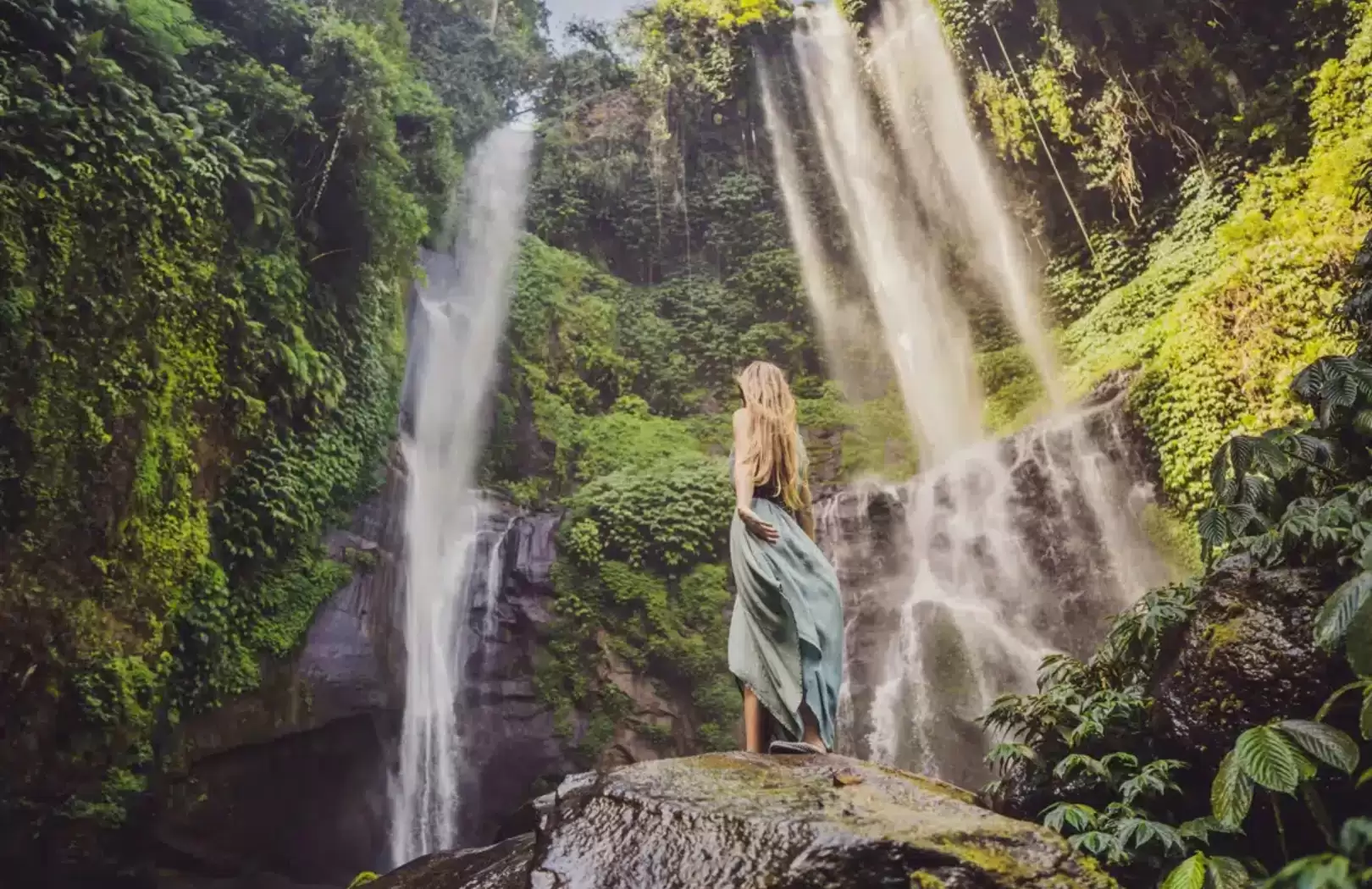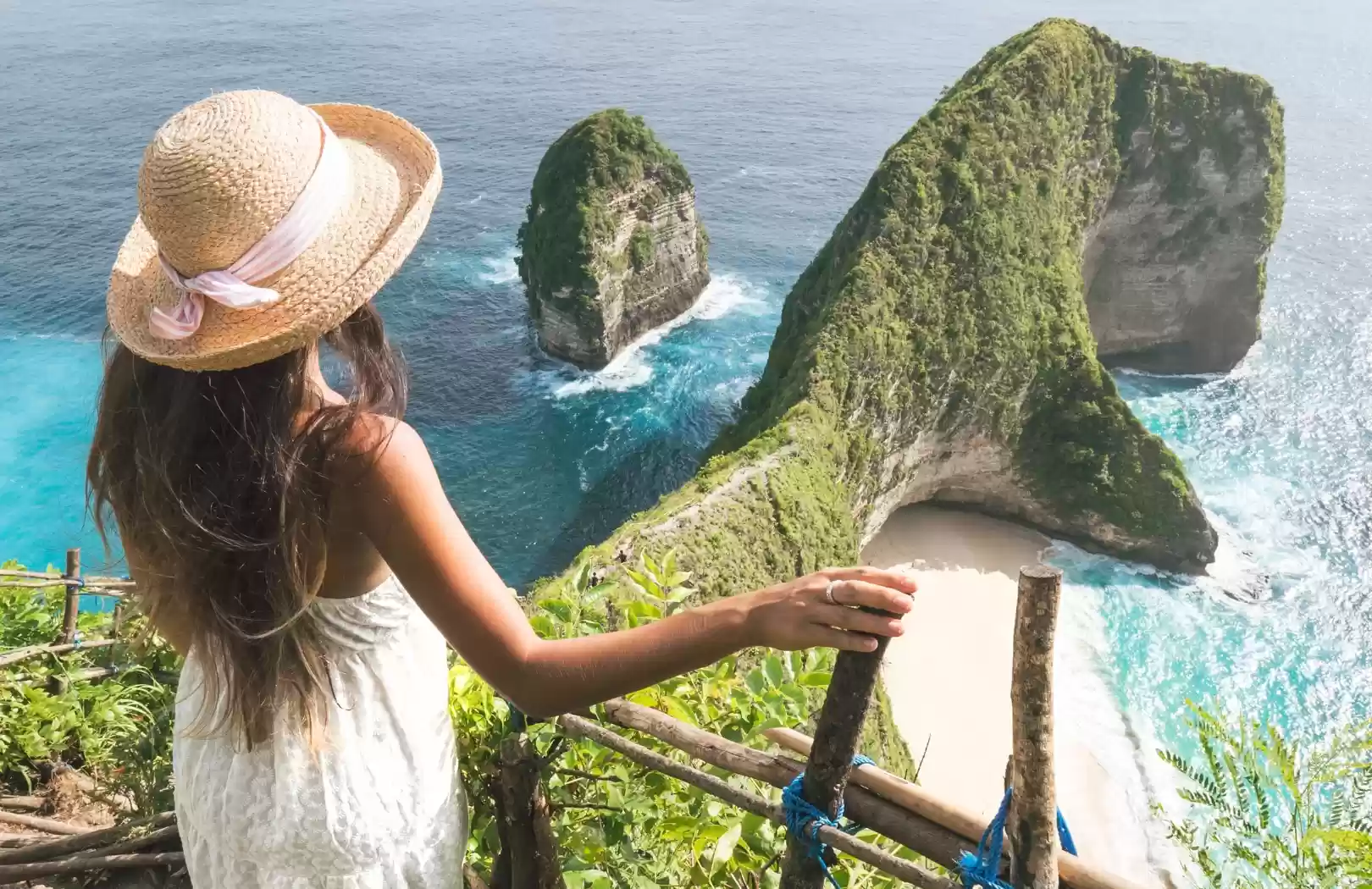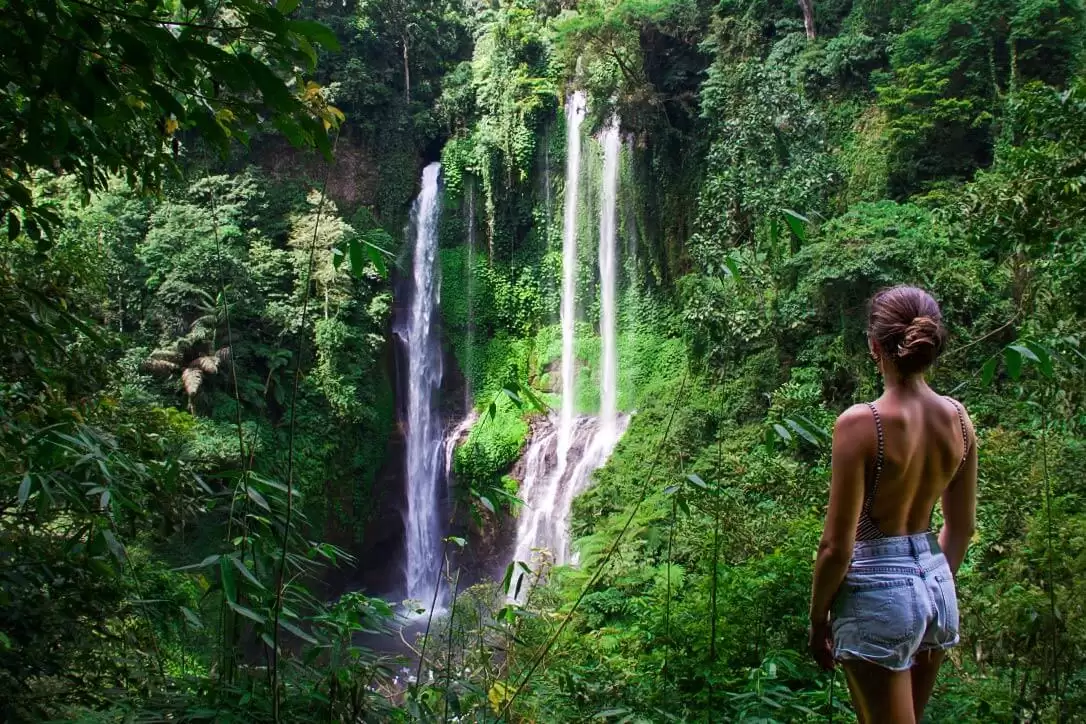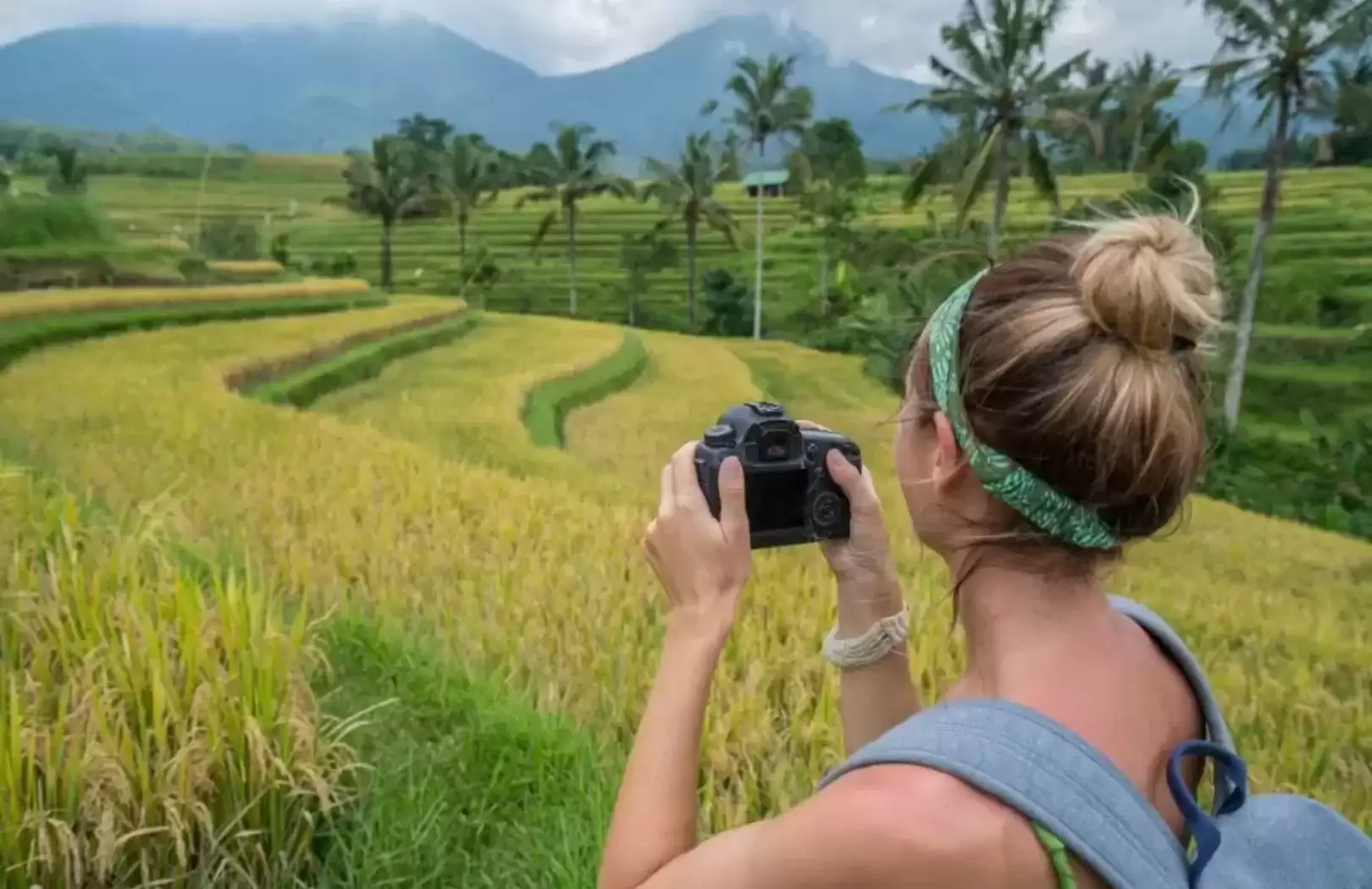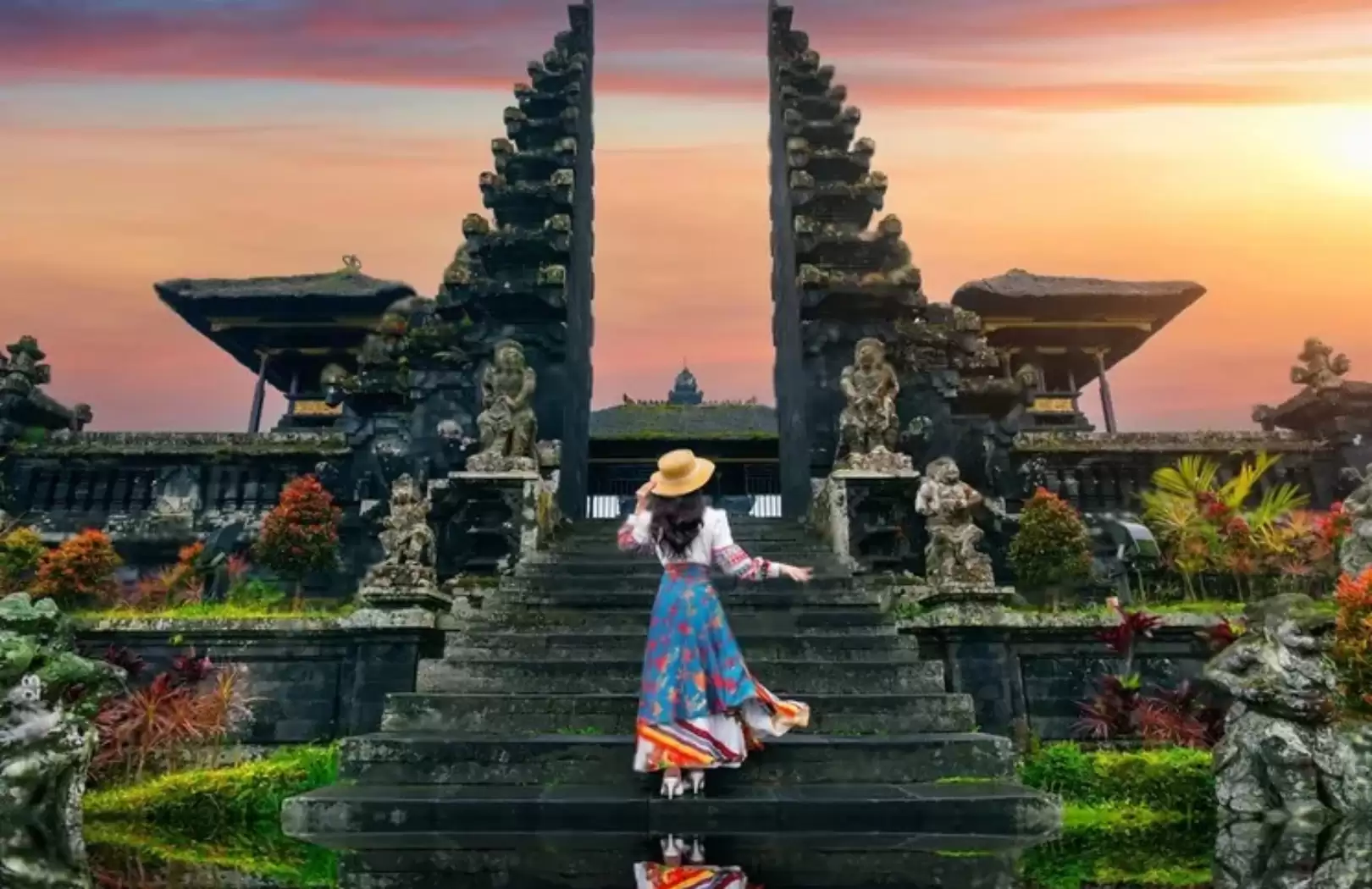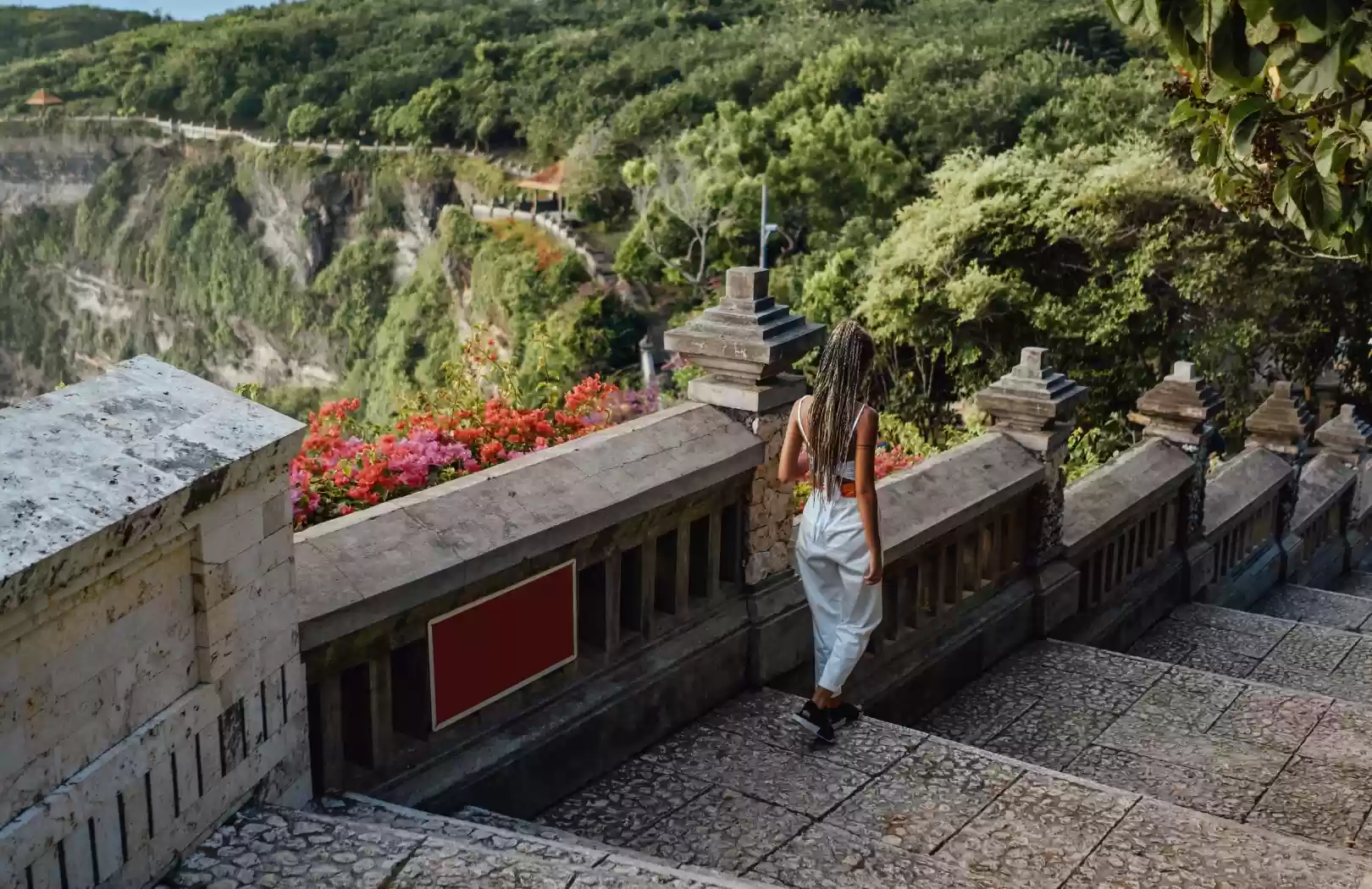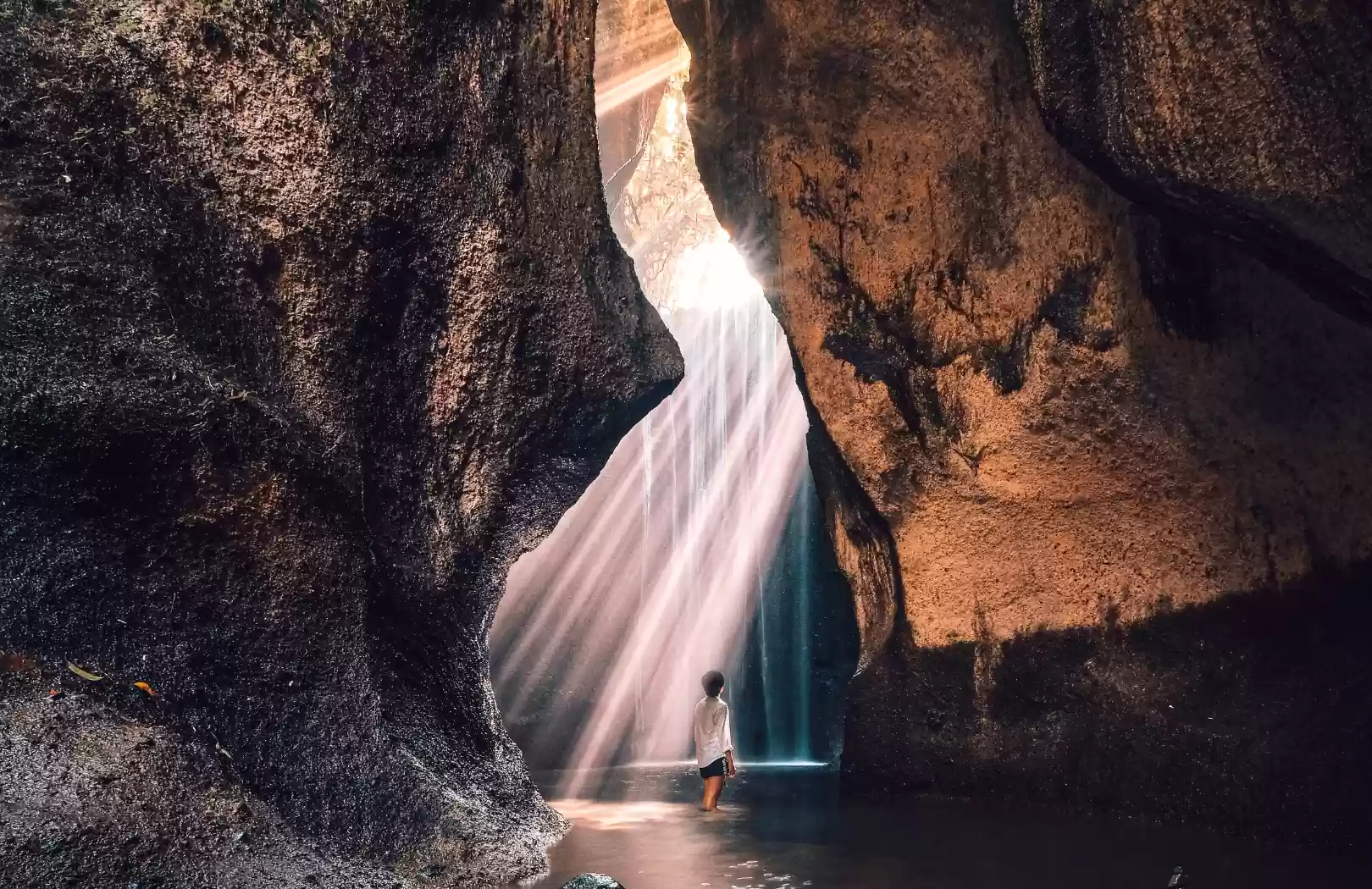Jatiluwih Rice Terrace: Where Time Slows and the Spirit Breathes
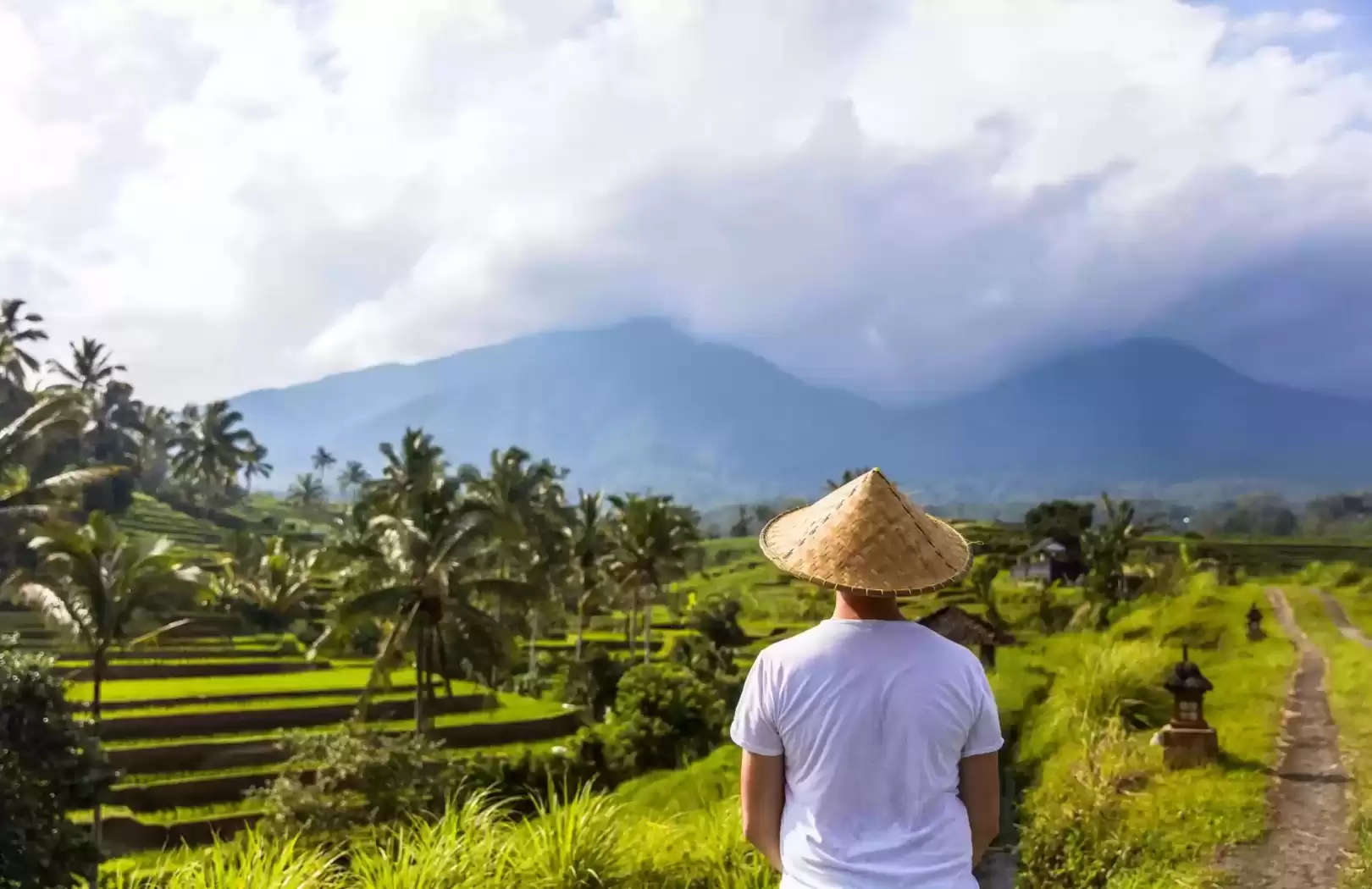
Of all the places I’ve visited in Bali—beaches, mountains, islands, temples—there is one that always brings me peace unlike any other: Jatiluwih Rice Terrace. It’s not loud, dramatic, or wildly photogenic like some of Bali’s more famous destinations. But for me, Jatiluwih is the heart of Bali’s soul—gentle, timeless, and deeply spiritual.
As someone who works in the tourism industry and often moves at a fast pace, I find Jatiluwih to be a sacred pause. It’s where I go not just to relax, but to reconnect—with my island, with the traditions of my ancestors, and with myself. In a world of constant motion, this is where I remember how to be still.
First Impressions That Stay Forever
The first time I visited Jatiluwih was years ago, long before it became a UNESCO World Heritage Site. I wasn’t there as a tour guide or a businessman—I was just a young man on a motorbike, exploring Bali’s quieter, inner roads. I still remember the moment the road curved, the trees opened up, and suddenly, this breathtaking scene appeared before me—rice terraces rolling endlessly like green waves carved by time and tradition.
It was a clear, golden day. Mount Batukaru stood tall and silent in the distance, watching over the paddies like a guardian. The sky above was a soft, powdery blue, and the sun cast long shadows across the layered fields. Farmers in conical hats moved slowly, deliberately, tending to the rice with hands that knew every inch of the land. There was no music, no engines, no chaos—just the rhythm of water, wind, and earth.
In that moment, something inside me shifted. I wasn’t just looking at a landscape—I was witnessing a living story. A story that had been written over centuries by farmers, priests, and nature itself. I knew I would keep coming back, again and again.
The Living Harmony of Subak
What makes Jatiluwih truly special isn’t just its scenery—it’s the philosophy that sustains it. At the heart of this landscape is an ancient irrigation system called subak, a communal water management practice unique to Bali.
Subak isn’t just about getting water from point A to point B. It’s a reflection of Tri Hita Karana, the Balinese concept of harmony between three realms: God, nature, and humanity. The water flowing through these terraces isn’t just essential for rice—it’s sacred. It comes from holy springs and mountain streams, channeled through carefully crafted canals by the collective efforts of the village.
Every farmer, regardless of wealth or status, receives their share of water. There’s no competition, no privatization—only cooperation. Meetings are held in water temples, and decisions are made not with profit in mind, but with balance, fairness, and community at heart.
To walk through Jatiluwih is to witness a living philosophy in action. It’s not just farming—it’s faith. It’s not just water—it’s worship. It’s a reminder that when people work together in harmony with nature, sustainability isn’t just possible—it’s inevitable.
A Walk Through Peace
Over the years, I’ve walked the paths of Jatiluwih dozens of times. Sometimes in silence. Sometimes guiding guests. Sometimes hand-in-hand with my daughter. And every time, the feeling is the same: peace.
The trails gently weave through the rice paddies, never too steep, never too straight. As you walk, your senses come alive—not with noise, but with nuance. You hear birdsong drifting through the air, leaves rustling in the wind, the soft gurgle of water moving through the channels. It’s a kind of music you can only hear when you slow down enough to listen.
One of my most cherished memories is walking here with my daughter when she was just a toddler. Her laughter echoed through the fields as she chased butterflies and picked wildflowers with tiny hands. Watching her play on this ancient land brought me back to my own childhood—barefoot, carefree, wild. It reminded me that joy doesn’t need technology, and peace doesn’t need perfection.
That day, I didn’t just see my daughter playing. I saw the future running freely through the past. I saw legacy in motion.
More Than Just Rice Fields
To the untrained eye, Jatiluwih might seem like “just” rice terraces. But look closer, and you’ll discover a sacred landscape infused with spirit. Along the trails, you’ll find small shrines, temples, and stone altars where farmers place daily offerings—flowers, rice, incense—meant not for visitors, but for Dewi Sri, the revered goddess of rice and fertility.
These rituals are quiet, often unseen by tourists. They are not performances—they are prayers. Every stalk of rice is planted, tended, and harvested not just with labor, but with love and reverence.
And sometimes, if the timing is right, you might witness a ceremony in the middle of the fields. Gamelan music echoing gently through the valley. Men in white shirts and udeng (traditional headwear), women in bright kebaya, carrying offerings in vibrant colors on their heads. It feels like the entire land is exhaling, filled with gratitude.
In Jatiluwih, spirituality is not confined to temples—it flows in every drop of water, glows in every sunrise, and sings in every breeze.
The View From Above
One of the most magical experiences I’ve ever had was bringing a group of international guests to Jatiluwih for sunrise. We started in darkness, at around 4:30 a.m., winding our way through quiet roads as the world slept.
We reached a ridge just as the first light broke through the clouds. The terraces below were wrapped in a gentle fog, still dreaming. Slowly, golden rays began to pour over the paddies like honey, illuminating the fields in shades of green and gold. It was like watching the earth wake up.
We didn’t speak. We didn’t need to. The view did all the talking. Later, one guest told me it was the most peaceful moment of her life.
And in that stillness, I was reminded again why I do what I do. Travel, at its best, isn’t about escape. It’s about connection. It’s about finding places—and moments—that remind us what it means to be fully alive.
Preserving What Matters
There are times when I worry that Jatiluwih will be “discovered” in the wrong way—that it will become just another Instagram backdrop, swallowed by tourism and stripped of its soul. But so far, the village has done an admirable job of guarding its heart.
Local regulations limit development. Buildings must blend with the environment. Large buses are discouraged. The roads are narrow on purpose. Jatiluwih is not trying to become Ubud or Seminyak—and that’s exactly what makes it special.
As someone who works in tourism, I understand the pull to grow, to add more, to build bigger. But every time I return to Jatiluwih, I’m reminded that true luxury is not excess—it’s authenticity. And sometimes, the greatest thing we can offer visitors is not more convenience, but more truth.
In our O.Y.I. journeys, we often bring guests here who are not just seeking a checklist of sights, but a deeper understanding of Bali. I tell them: come with humility. Don’t just take photos—take it in. Walk slowly. Ask questions. Let Jatiluwih teach you what balance really looks like.
Final Thoughts
Jatiluwih may not be the flashiest destination in Bali. There are no beach clubs, no night markets, no shopping malls. But that’s exactly why it matters so much. It is a place where time moves differently. Where nature and culture are not separate, but woven together like threads in a sacred tapestry.
In a world that moves too fast, Jatiluwih invites you to walk slowly.
In a time where noise is everywhere, it asks you to listen—to the wind, the water, the quiet voice within yourself.
And every time I leave, I do so with a little more clarity, a little more calm, a little more soul.
If you ever make your way to Bali, I hope you find your way to Jatiluwih. Don’t go just to see it. Go to feel it. Let it change you. Let it show you the beauty of balance, the power of simplicity, and the grace of slowness.
Because in Jatiluwih, time doesn’t just slow—it heals.

